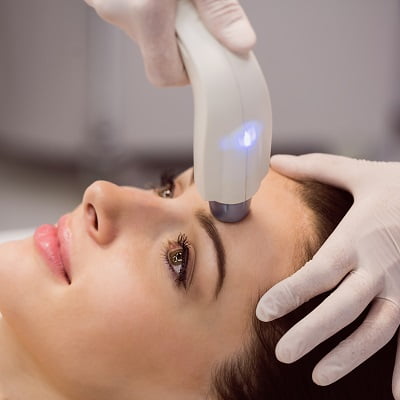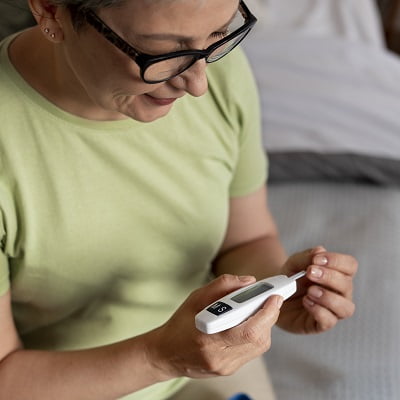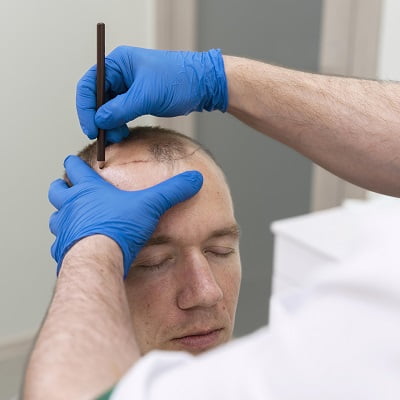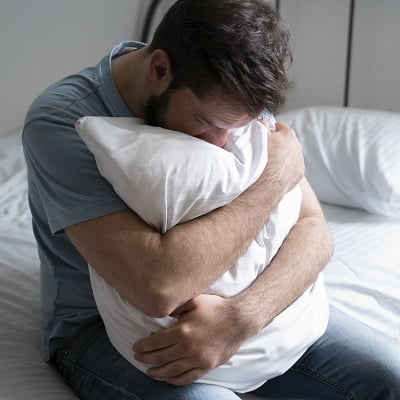Home remedies like exfoliation help remove dead skin. Preventative methods reduce dry feet. Dry skin often appears on the heels, sides, and between the toes. Itching, tightness, and pain may occur, but though unpleasant, this is rarely dangerous.
Lotions, hydrating creams, and frequent exfoliation can relieve dry skin, remove dead cells, and prevent calluses. This article examines the causes and remedies of cracked, dehydrated skin.
What is Dry Skin Condition?
Dry skin, named for its lack of moisture in the epidermis, is a common skin problem. The body’s first protection against water and weather is this. Any bodily part might acquire dry skin. Dry skin can become rough, tight, itchy, red, and sensitive. Dry skin might also become sensitive.
Typical Dry Skin Symptoms:
Dry skin is indicated by tight skin after showering. This usually happens when the skin’s barrier loses enough liquid to become disrupted. The skin becomes red or blotchy. When the skin’s porous barrier is broken, foreign irritants can easily flow through, causing redness.
The skin becomes itchy and unpleasant. Itching begins once the skin membrane has flaked off and the branches of nerves that are normally covered by the skin are made. The nerve endings typically have protection from the skin.
How Does Dry Skin Form?
Dry skin is prevalent and can be caused by environmental factors, medical disorders, and bad habits. Everything you touch throughout the day affects your skin. Your skin works as a barrier between the inside of yourself and its surroundings, so knowing how to maintain it is crucial.
Many things can cause dry skin. Food and skincare habits that deprive your skin of nutrients might cause dryness. Sun exposure, irritating substances, and allergens can cause skin responses, which can lead to dryness. Personal variables, including puberty and heredity, can also cause dry skin.
Next, consult our physicians and other dermatology experts for dry skin treatments and recommendations.
Treatments and Medications:
Dead skin cells are naturally removed and replaced by new ones. Without dead skin cell removal, feet might develop thick, flaky areas. Dry spots, especially heels, might thicken or crack.
Exfoliating Treatment:
Chemical lotions or scrubs are used to remove dead skin cells from the skin’s surface while bathing. Exfoliating scrubs contain tiny abrasive particles. Lotions and thin solutions contain chemical exfoliators, such as glycolic acid, lactic acid, and alpha-hydroxy acid, which dissolve dead skin cells. To mechanically remove dead skin from the feet, use a pumice stone or metal foot file.
Skin Hydration:
- Hydrating the skin regularly may reduce dryness and prevent new growth. After using a peel, hydrate the skin to help it maintain moisture.
- Avoid moisturizers, oils, and creams with alcohol, added smells, and artificial colors, which can worsen dry skin.
- Look for products with occlusive like petrolatum and lanolin, coconut oil, humectants like urea, aloe, hyaluronic acid, and emollients.
Use moisture-retaining Products:
Socks containing moisturizing gel can improve hydration. Gel-lined socks provide natural oils and vitamins to moisturize dry feet. Regular moisturizers combined with quality cotton socks or fabric wraps can yield similar results. Before bed, kids can apply a lot of moisturizer to their feet and wear breathable cotton socks. They should wash their feet and remove their socks in the morning.
Things You Should Keep in Mind While Treating Dry Skin:
- Exfoliating smooths and softens the skin. These effects must be maintained with a high-quality moisturizer matched to your skin type.
- Cream moisturizers are more emollient than lotions for dry skin. Find a lightweight, oil-free lotion or gel-based cleanser for combination or oily skin.
- If you’ve been exfoliating, sunscreen’s importance becomes much more apparent. Acids and brushes remove all facial skin. After sun exposure, the skin is more sensitive and more liable to burn. Learn which SPF to use on your face.
- For those with active acne or underlying skin problems like herpes simplex, rosacea, or warts, exfoliation should be done with caution.
- Finally, do a patch test before applying any novel substance to your skin. Apply a little of the new product to the flesh of your arm to test its efficacy.
Cost of Dry Skin Treatment in Islamabad:
On average, the cost of Dry skin treatment is around PKR 5,000 to PKR 25,000. After creating a unique skincare routine, you can say bye to dullness and hello to vibrant, healthy skin. To treat dry skin, one must prioritize skincare and understand and control its costs. Consider what kind of therapy, severity of irritation, and financial constraints are needed to control dry skin treatment costs better.
Book a Consultation!
Royal Cosmetic Surgery provides complete pricing transparency to help clients get beautiful, healthy skin within their budget. With the right method and care, you can acquire silky skin. Royal Cosmetic Surgery is dedicated to helping you achieve your skincare goals and embrace your natural beauty. Book your consultation now!












Book Appointment